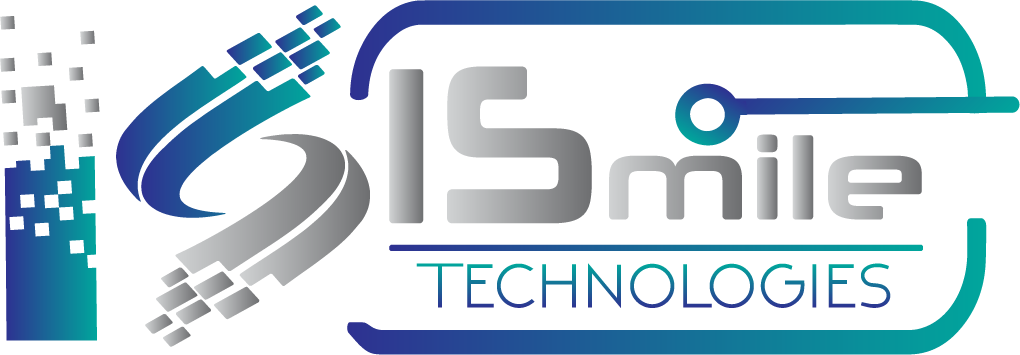 Machine learning in finance sector: Machine Learning has penetrated almost every industry and is being extensively used for carrying analytical work which helps the company make important business decisions. Talking about the finance sector, it is a huge industry consisting of insurance, banking, real estate, etc.
Machine learning in finance sector: Machine Learning has penetrated almost every industry and is being extensively used for carrying analytical work which helps the company make important business decisions. Talking about the finance sector, it is a huge industry consisting of insurance, banking, real estate, etc. Actuarial science (risk analysis in the insurance industry): Actuarial science is a methodology that uses mathematical and statistical techniques to assess risk in the insurance industry. Machine learning can be used here to train models which can then detect the changes in data and analyze potential future risk for the industry. It is much faster and accurate than manual actuarial analysis.
Case Management: Process automation of data, document classification and clustering, analytics, and visualization, all can be done by building a pipeline of ML models. All these aspects of case management can be automated, and a model can process these tasks automatically as soon as case-related data is available.
Personalized offers: Recommendation systems are very well known these days in almost every industry. They track the user activity from the browser or mobile app and that data is then used to show related lucrative offers and promotions to the user. Another term for it is targeted ads and marketing.
Use Cases in Stock Market
Alternative data: Data is used by investors to analyze the performance of a company which can then be used for investment-related decisions. Purchasing stocks or investing in a company needs an analysis of the company’s performance. This can help make decisions related to what types and how big the investment can be made to ensure it turns into profit in the future.
Back–testing: It is a very renowned method that involves the use of predictive models on historical stock market data for stock price prediction. Many people invest in the stock market in large or small amounts. Prices of stock are changing every second which generates a huge amount of data. This data is leveraged using big data technologies and machine learning to predict future prices of stock. This helps in buying and selling the stock. Azure Databricks is one such platform that enables building ML models over a large scale of data using parallel processing engines such as Spark.
Trading cost analysis: Data of trading orders can be analyzed to predict cost and other parameters and performance analysis. This type of analysis by a company can provide meaningful insights to its clients and help recommend trading options to them. These types of models can be set up as a software-based service for the end-user operation and use.
Conclusion
All the above use cases are real-world applications in the finance sector and its industries where ML and data science are currently being used extensively to leverage profit and improve customer/user experience. Since the platforms where these applications are done are so large that the ML systems need to work and process a very large amount of data. To run models on such huge data requires high-end hardware resources which is not possible on a single machine. This is the reason why using Azure Databricks can help. It is a cloud-based tool for ETL purposes and allows to run of several types of ML applications on its cluster.
Azure Databricks uses the clustering method. Clusters are a set of hardware resources that are assigned to a user for running the models. It is built with the integration of Apache Spark which allows parallel processing of multiple ML processes and provides the output in seconds. Also, the integration of Databricks with Azure cloud helps seamless connection with visualization tools such as PowerBI. This can help directly build visualizations from the outcome of models and can then be used for business decisions with clients and stakeholders.
Dishant Modi
Data scientist intern








